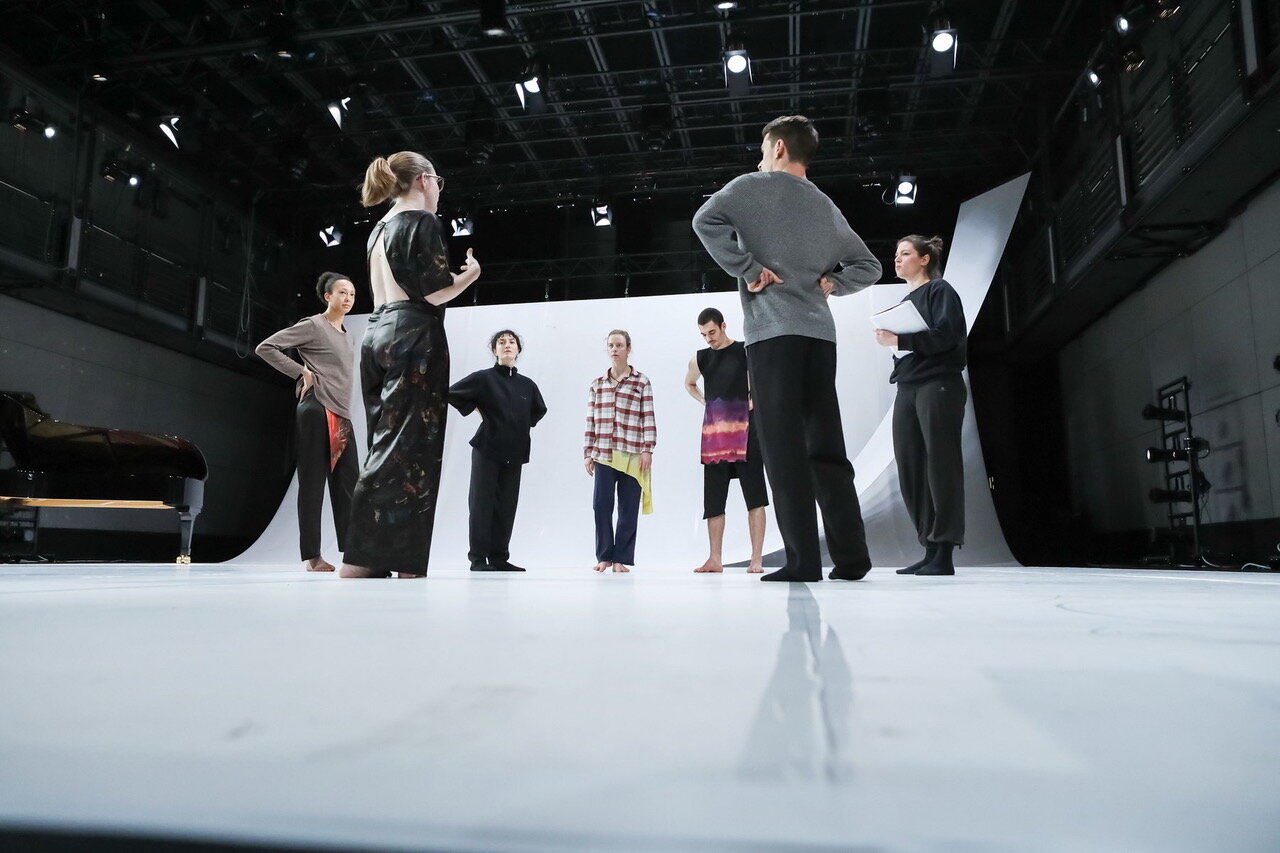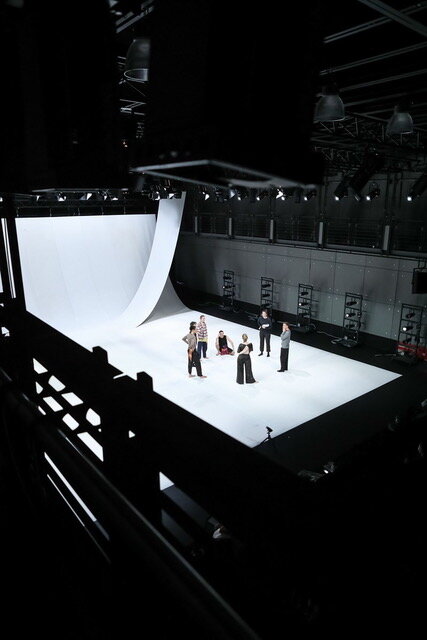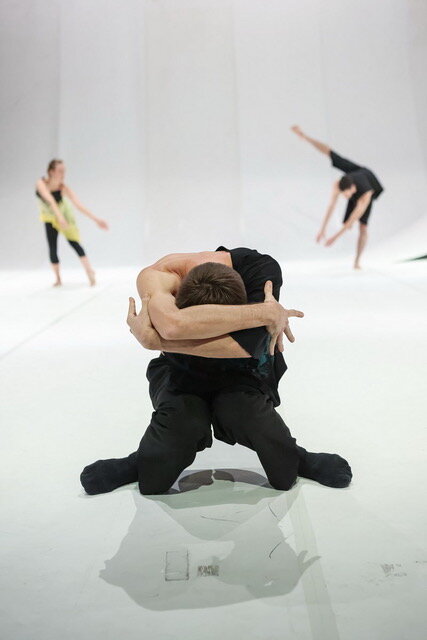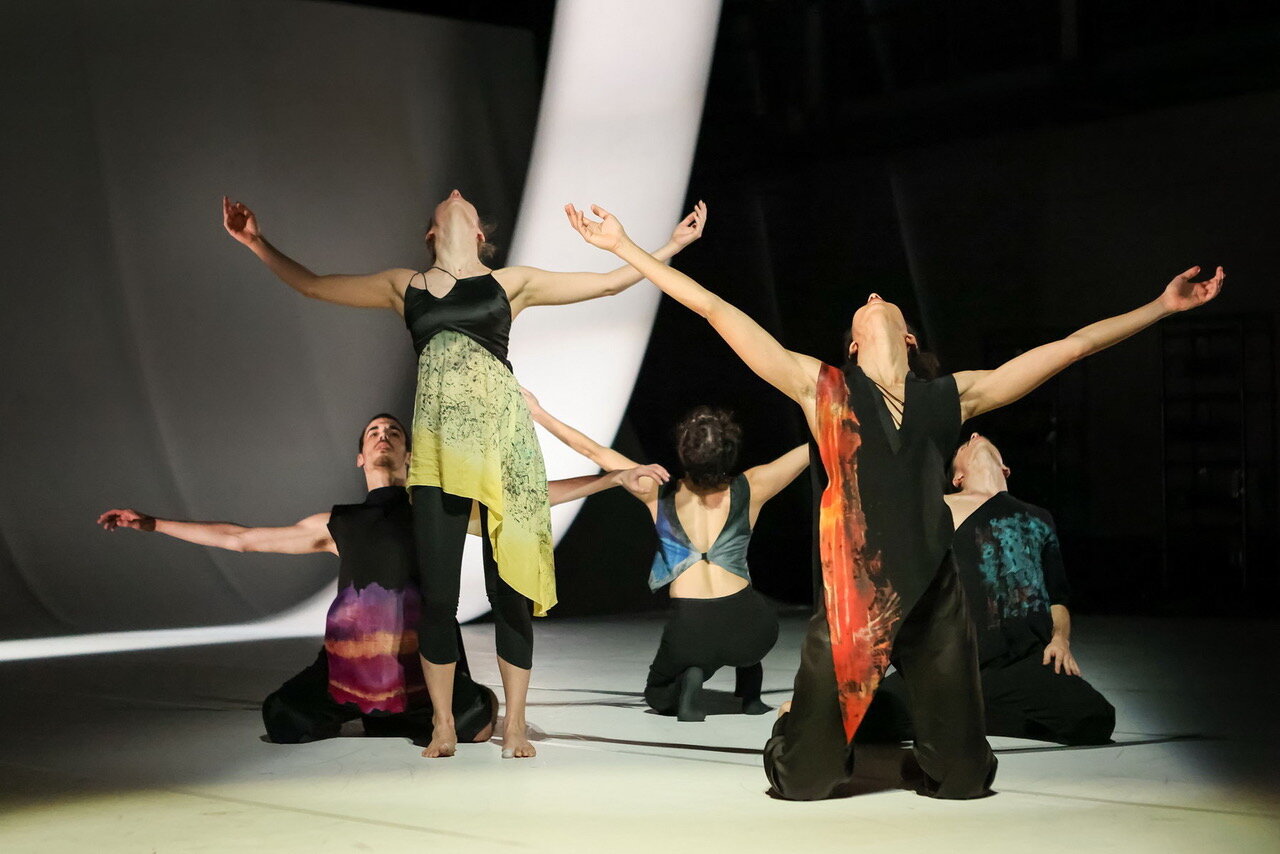HEAR EYES MOVE Dances with Ligeti
Have ever two forms of art entered a closer and more intricate relationship than music and dance? But how does music actually move? How does dance sound? And where do these sounds and movements meet, once they are liberated from their purported duty to mimic or mirror, to illustrate, to produce an atmosphere, to provide a backdrop, or even to merely coexist, in neat separation?
The Hungarian composer György Ligeti said of his virtuosic Études pour piano that in the process of composition “tactile concepts were almost as important as acoustic ones”. The movements and developments of music, in other words, are not merely a matter of hearing but of sensation, they come to be felt “as a tactile form, as a succession of muscle tensions”. Through these forms and successions, Ligeti’s pieces thus behave like “growing organisms”, and it is following this line of thought that the choreographer Elisabeth Schilling has created an unprecedented take to choreographically interpret those Études pour piano. Treating dance and music as contiguous forms that grow alongside and into each other, she has produced, together with five dancers and the pianist Cathy Krier, a dance-concert and a concert-dance full of captivating multi-sensorial imagery, in which no form or medium ultimately dominates the other.





